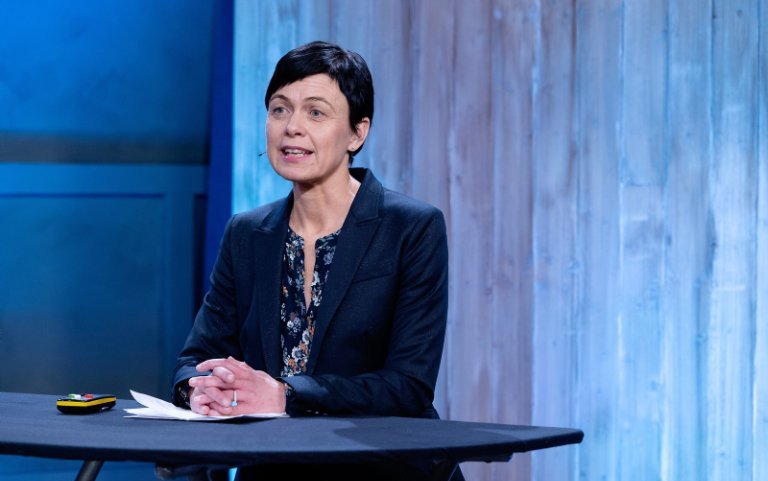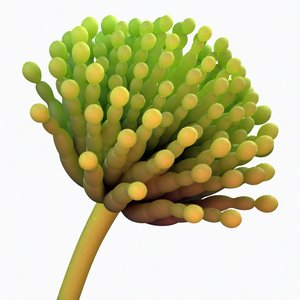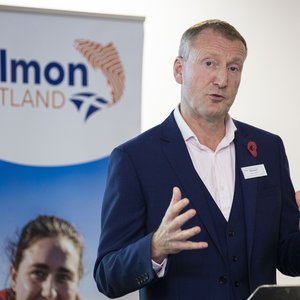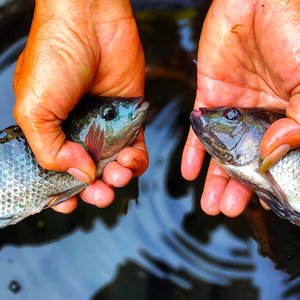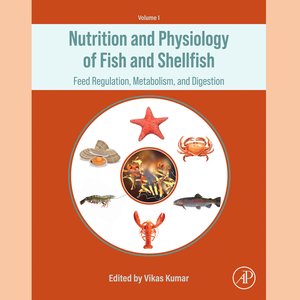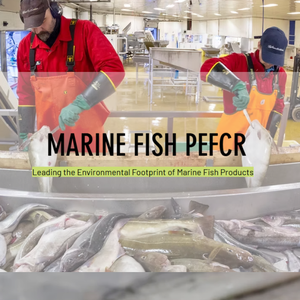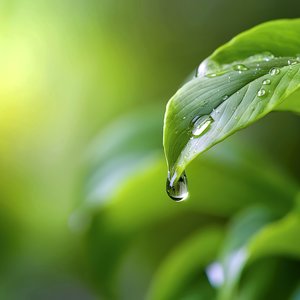The Norwegian Directorate of Fisheries reported that according to monthly reports of losses provided by farmers, 57.8 million dead farmed salmon were registered in the sea phase in 2024 in Norway.
“The figures show that the increase in mortality we have had in recent years fortunately did not continue in 2024. Whether this is the start of a new trend is too early to say, but we see that many farmers are working purposefully with various strategies to reduce mortality,” said Ingunn Sommerset, Director of Animal Health and Welfare at the Norwegian Veterinary Institute.
The mortality (also called mortality risk) for farmed salmon in the sea phase of 15.4% in 2024 is roughly on par with the figure for 2021. The number of dead-farmed salmon in the sea phase in 2024 was 57.8 million, which is a decrease from 62.8 million in 2023. However, it is higher than in 2022.
The largest annual decrease in mortality is seen in production area (PO) 2 Ryfylke and PO3 Karmøy to Sotra: PO2 had 22.4% in 2023 and 12.2% in 2024 and PO3 had 25.7% in 2023 and 17.5% 2024. PO6 Nordmøre and Sør-Trøndelag had the highest mortality in 2024 with 22.4%, up from 16.3% in 2023.
PO4 (Nordhordaland to Stadt) had a mortality of 20.2%, slightly up from the previous year. The POs in Northern Norway generally have a slight decrease, but in PO11 (Kvaløya - Loppa) it is slightly up from 9.8% to 10.2% and PO12 (Vest-Finnmark) is up from 12.7 to 14.2%.
The Norwegian Veterinary Institute uses a documented and established method to calculate annual mortality. This is done by calculating an average mortality rate for each month, which is added together to form an annual rate. This can be converted to annual mortality risk, which is given as a percentage. The method takes into account that the amount of fish in the cages varies throughout the year, and gives a good picture of the situation at the facilities during the relevant period and is therefore a good indicator of fish health and welfare.
“What is behind the mortality figures in 2024 and other factors that affect the health and welfare situation of Norwegian farmed fish, we will return to in the Fish Health Report,” said Sommerset. The Fish Health Report will be presented at the FriskFisk conference in Tromsø on March 11.
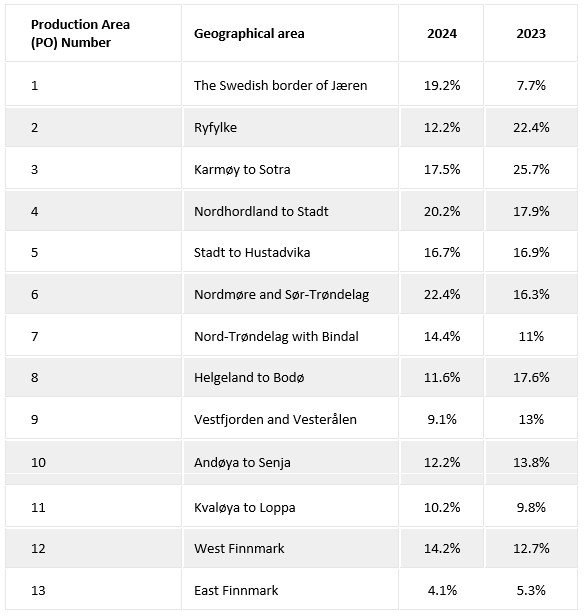
Source: Veterinary Institute


